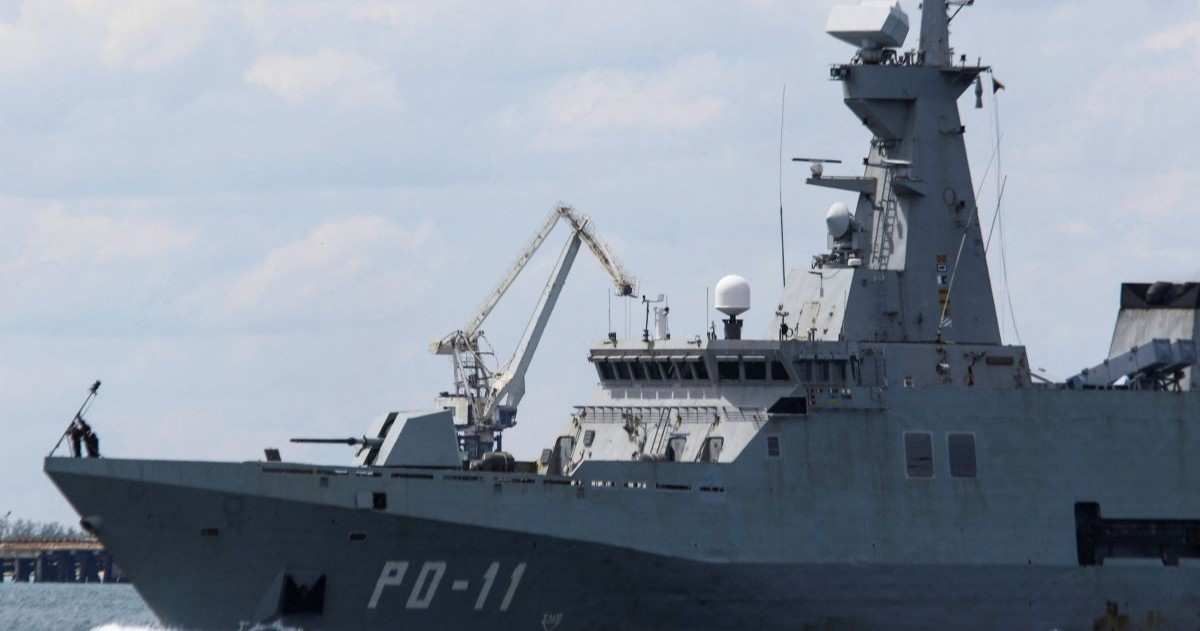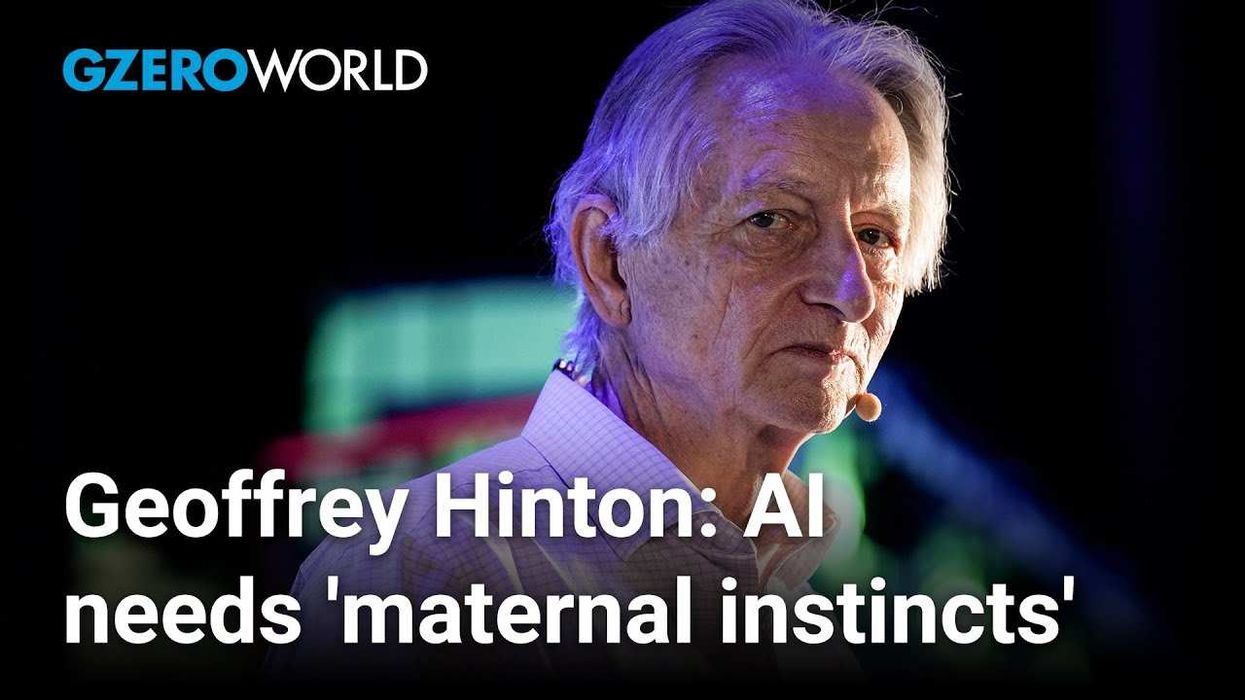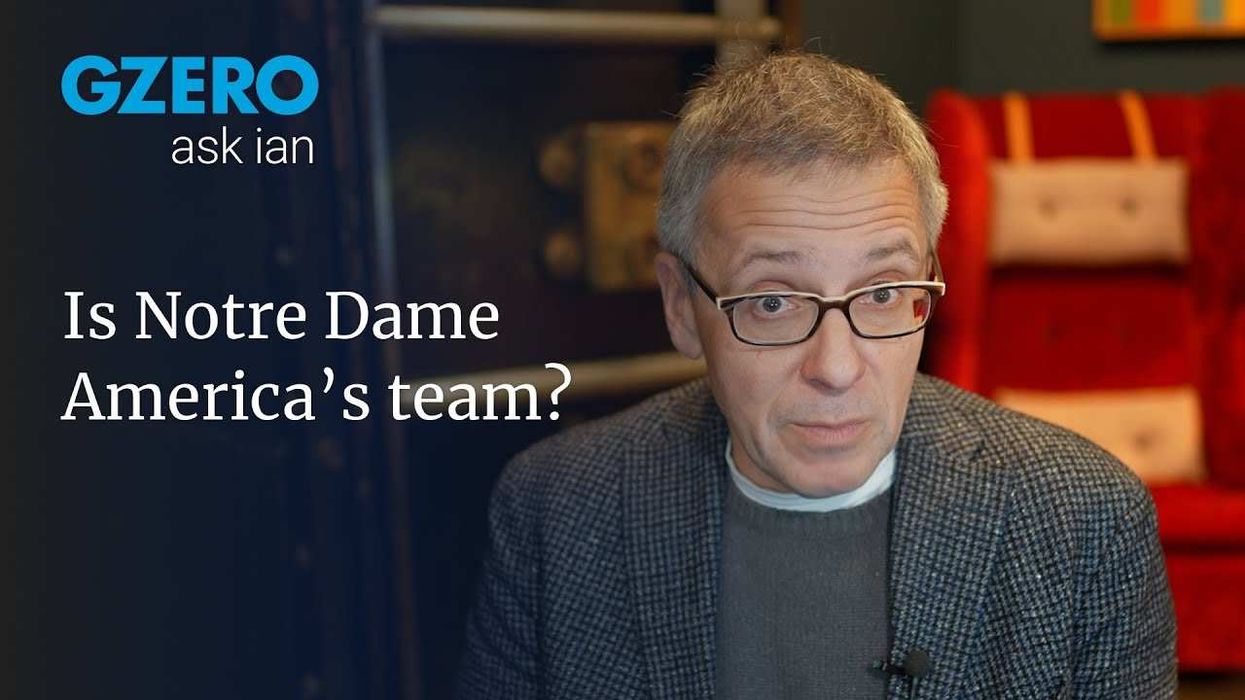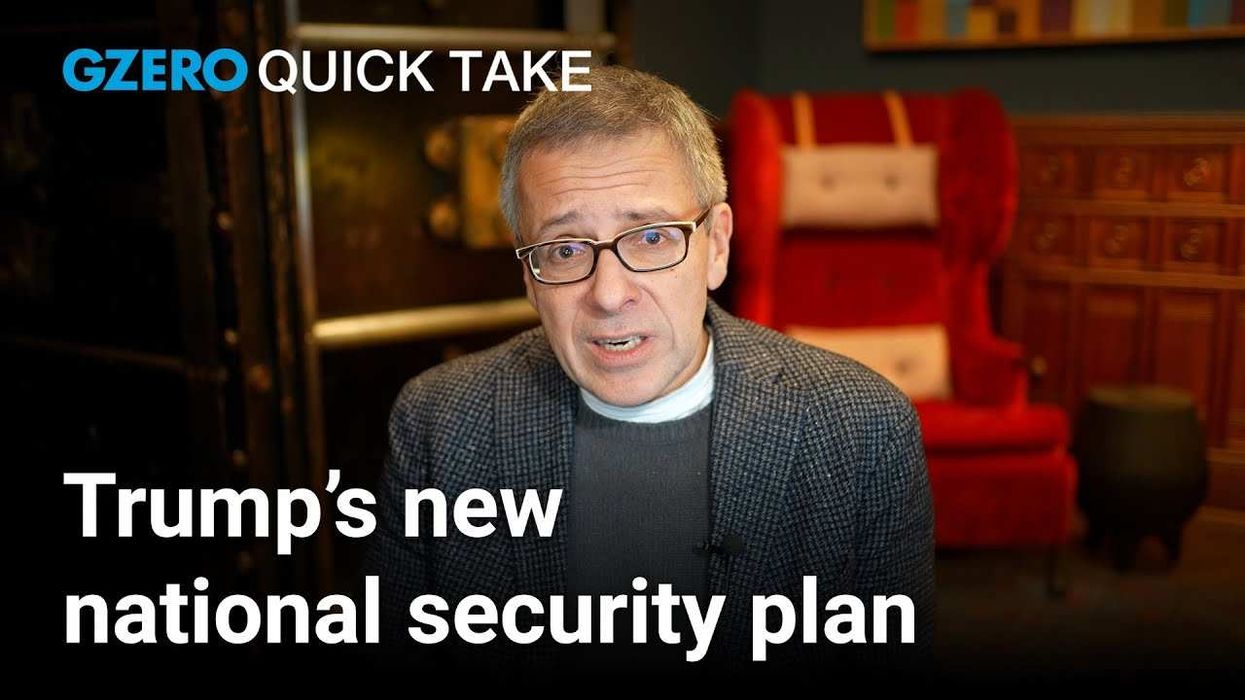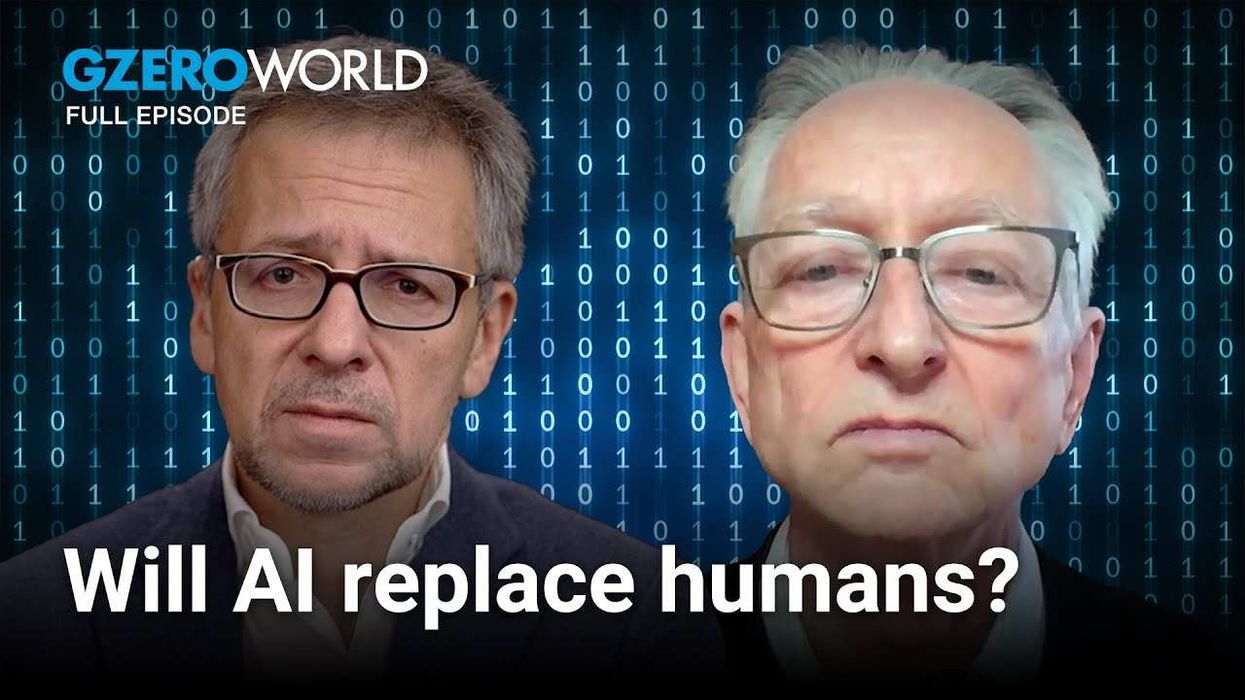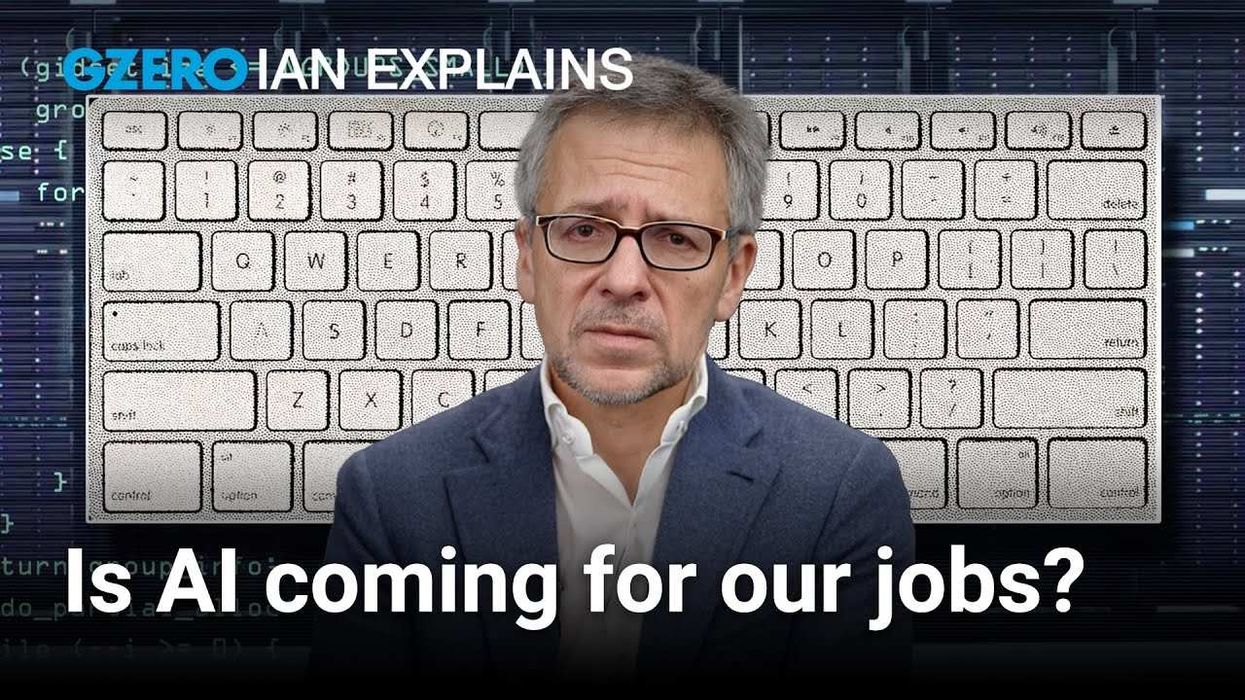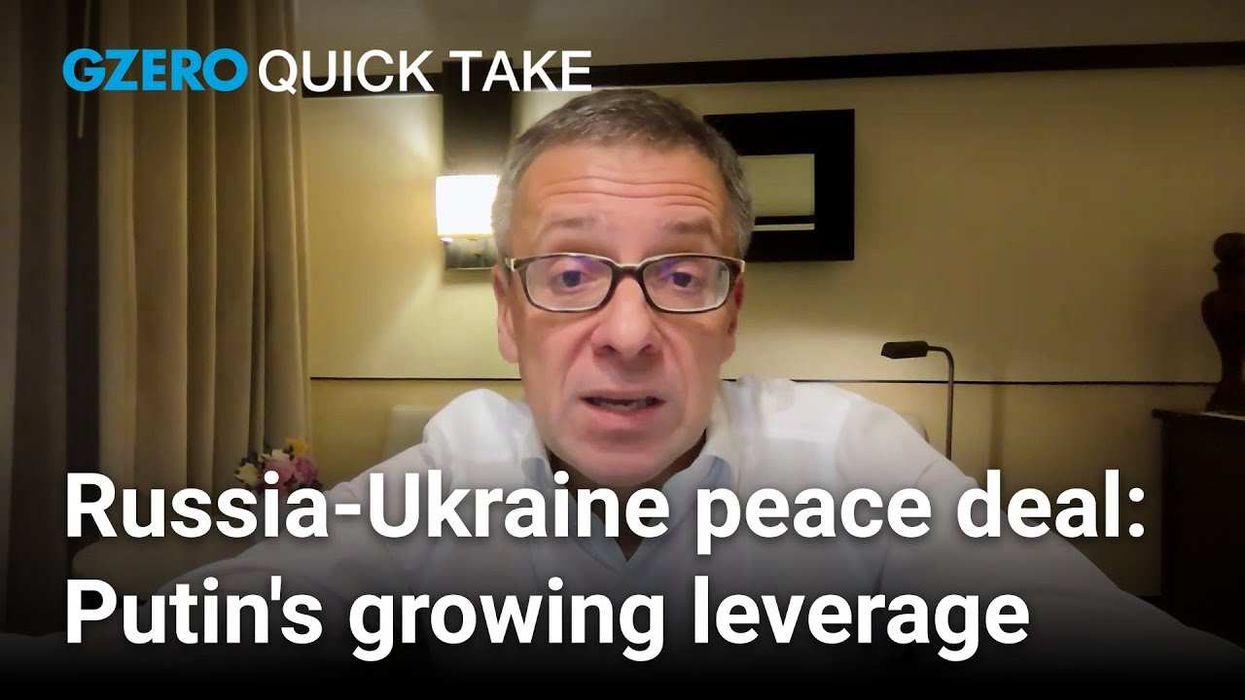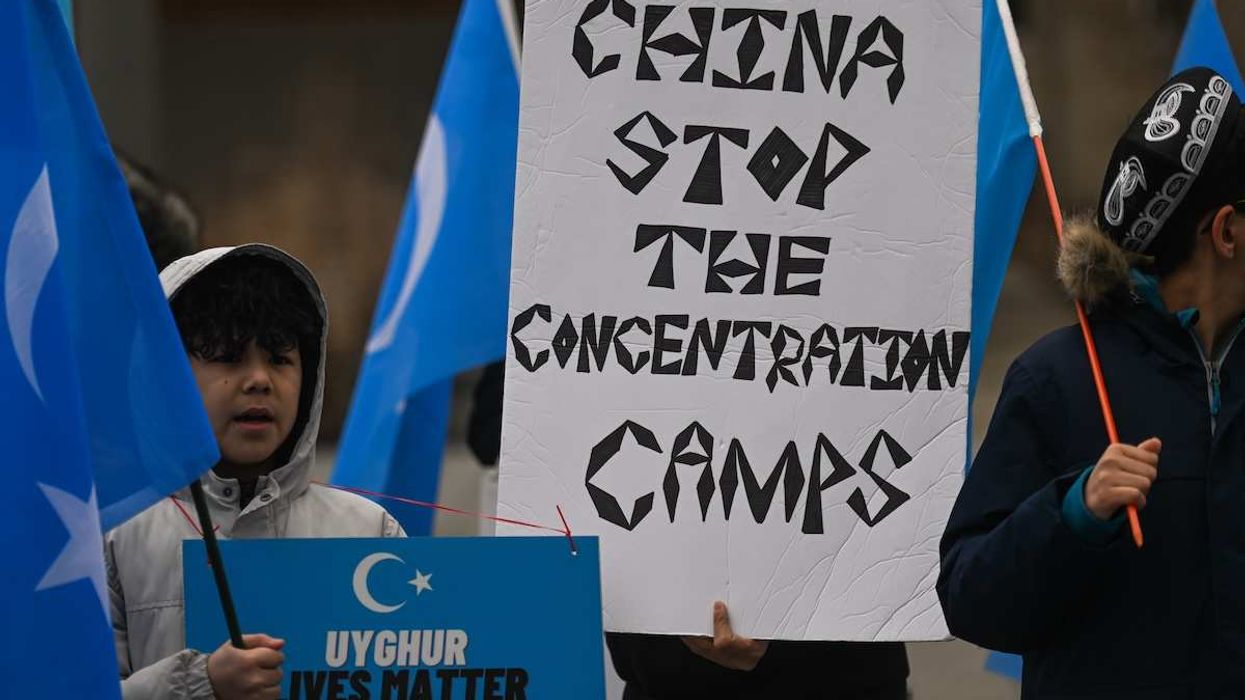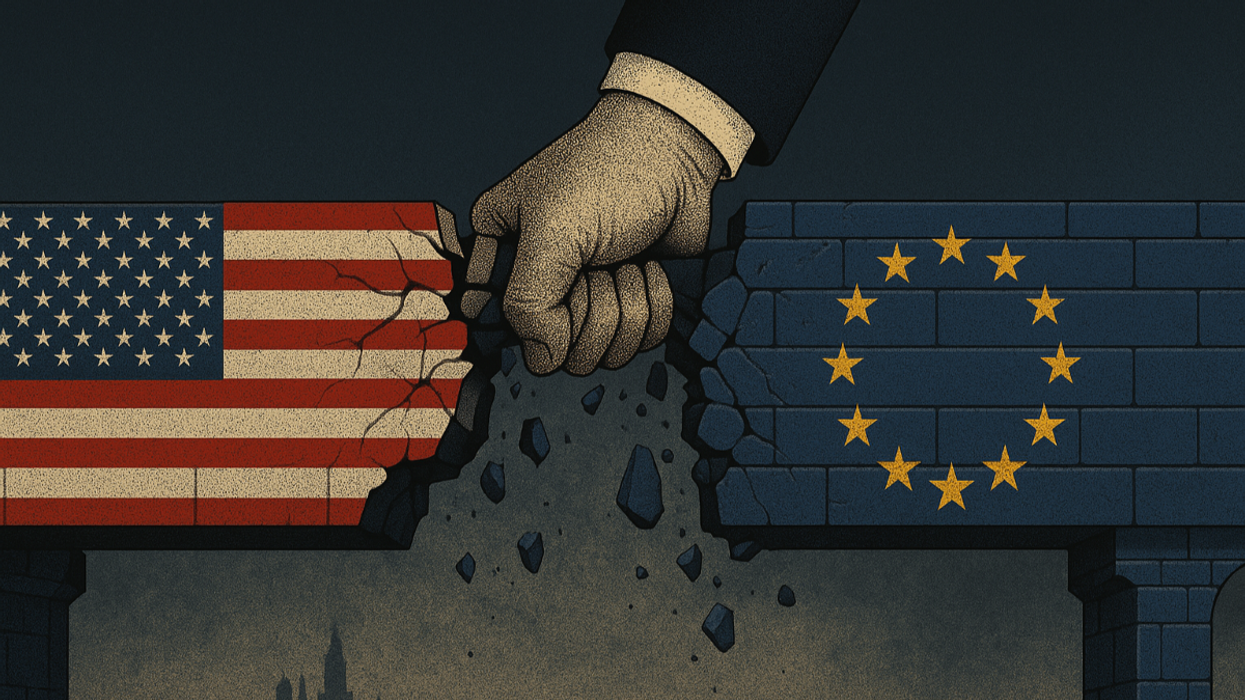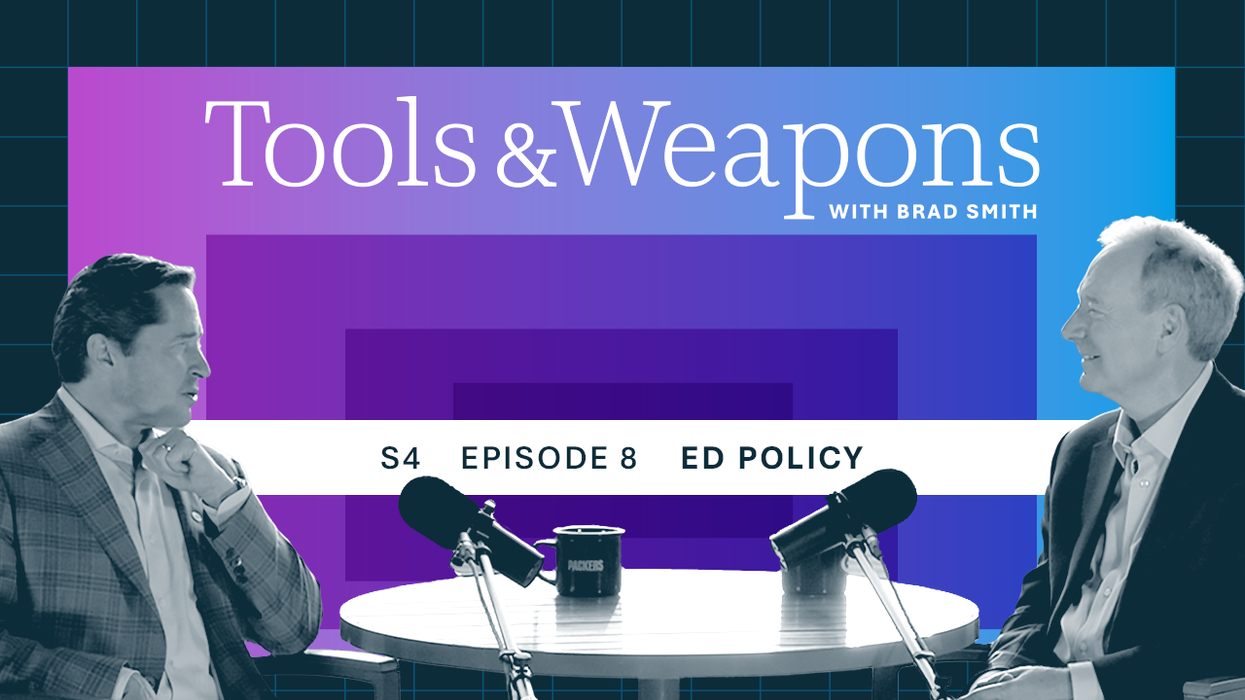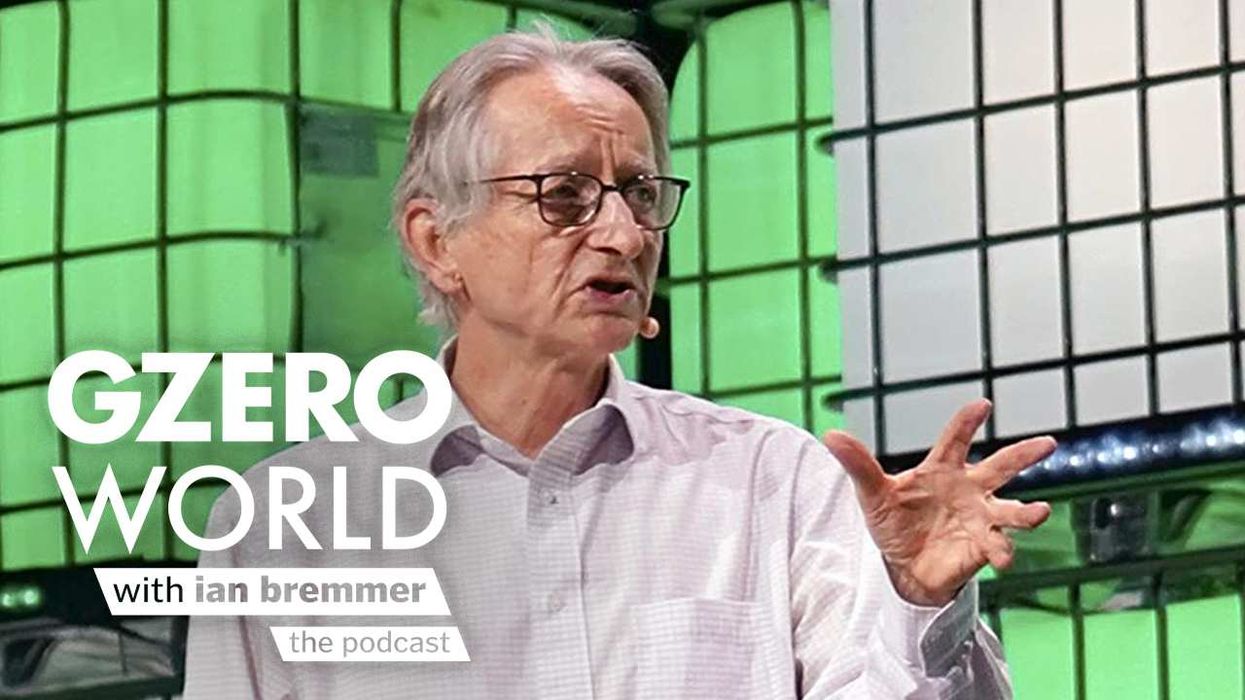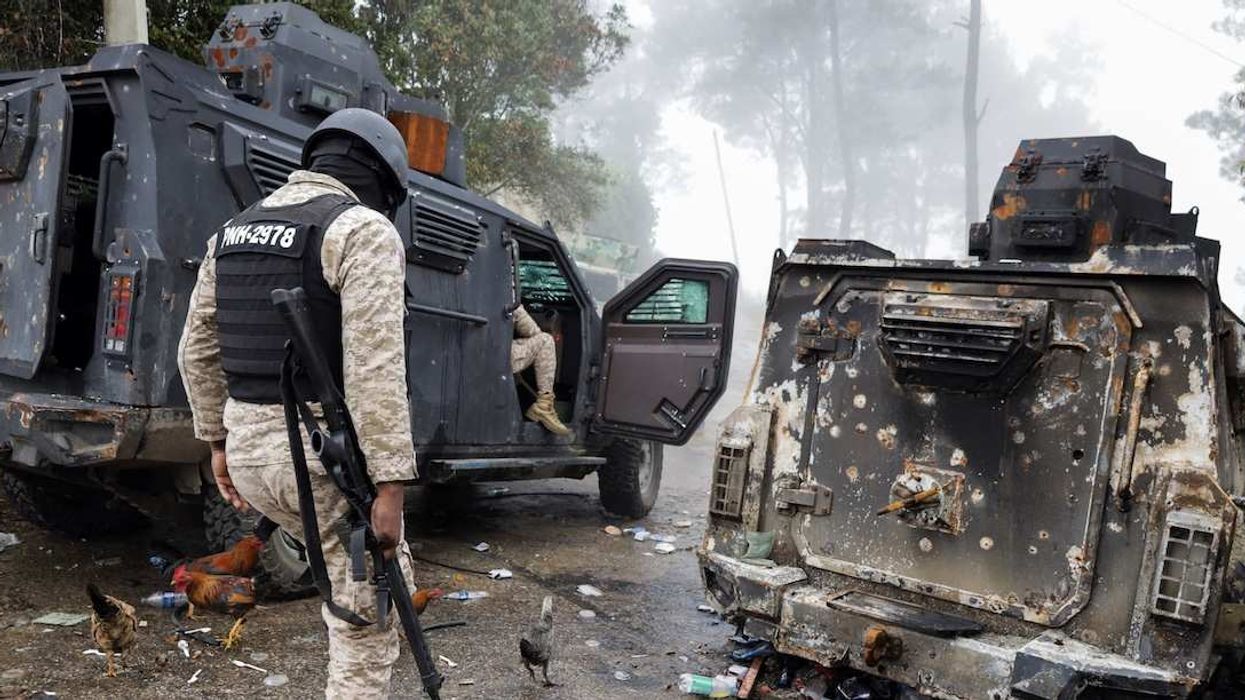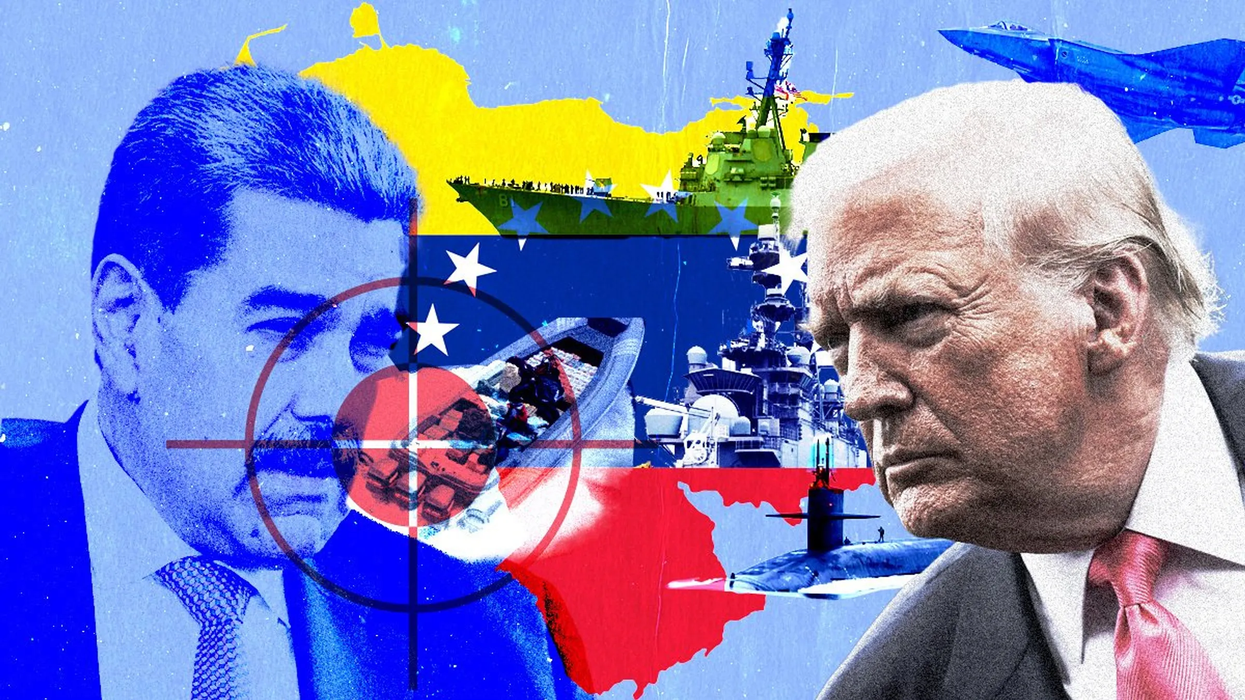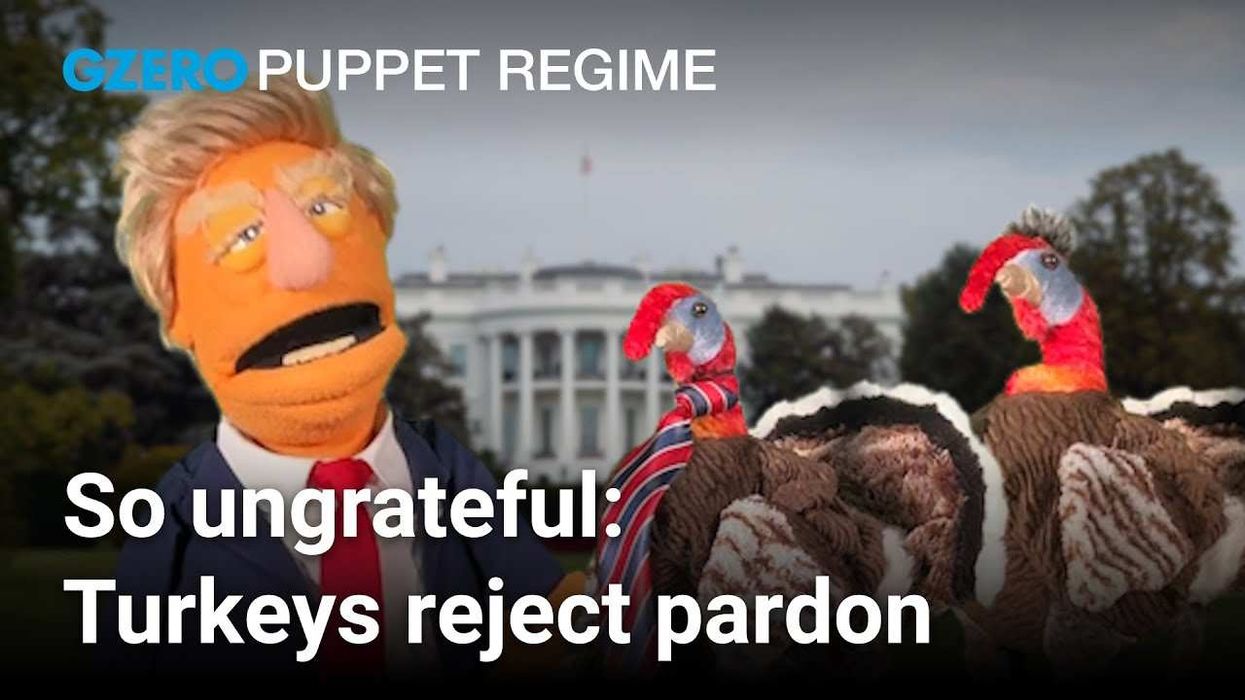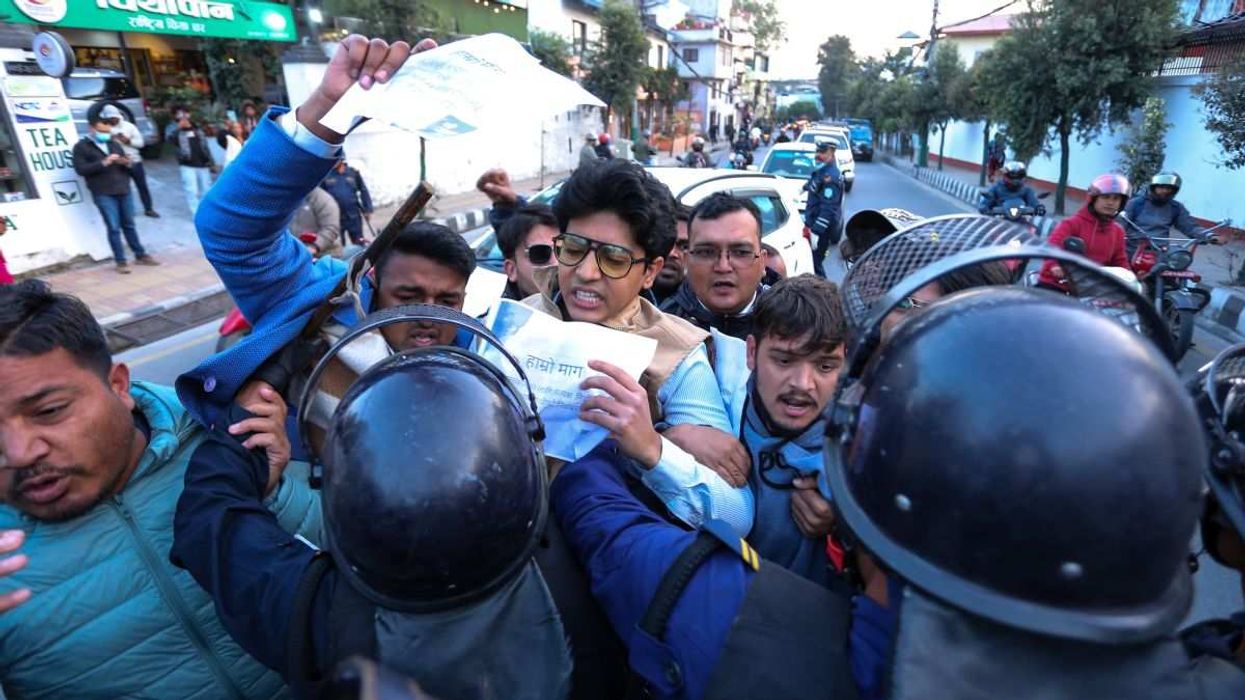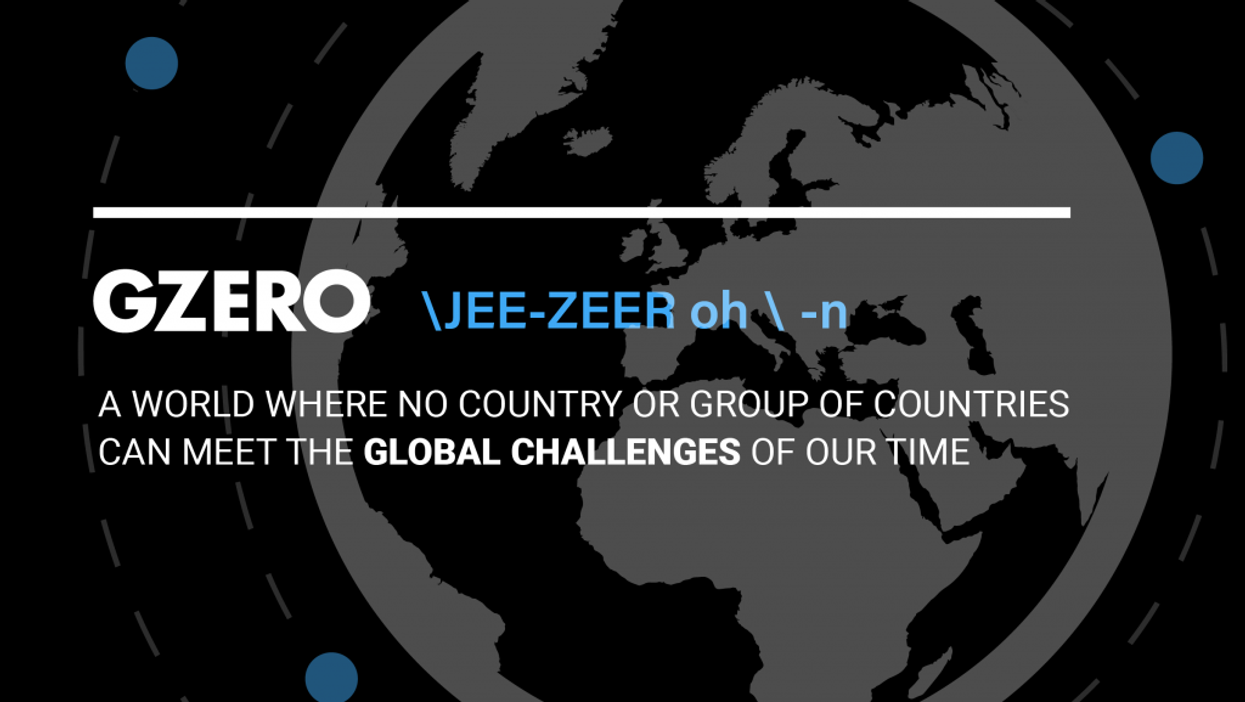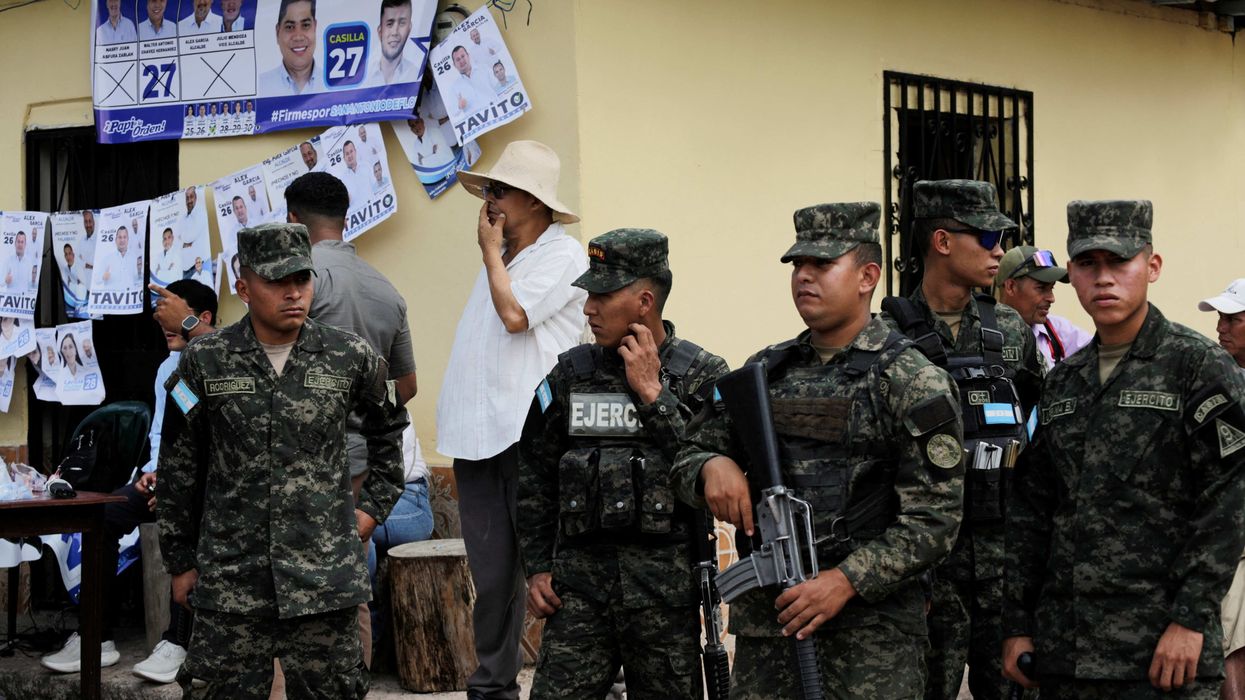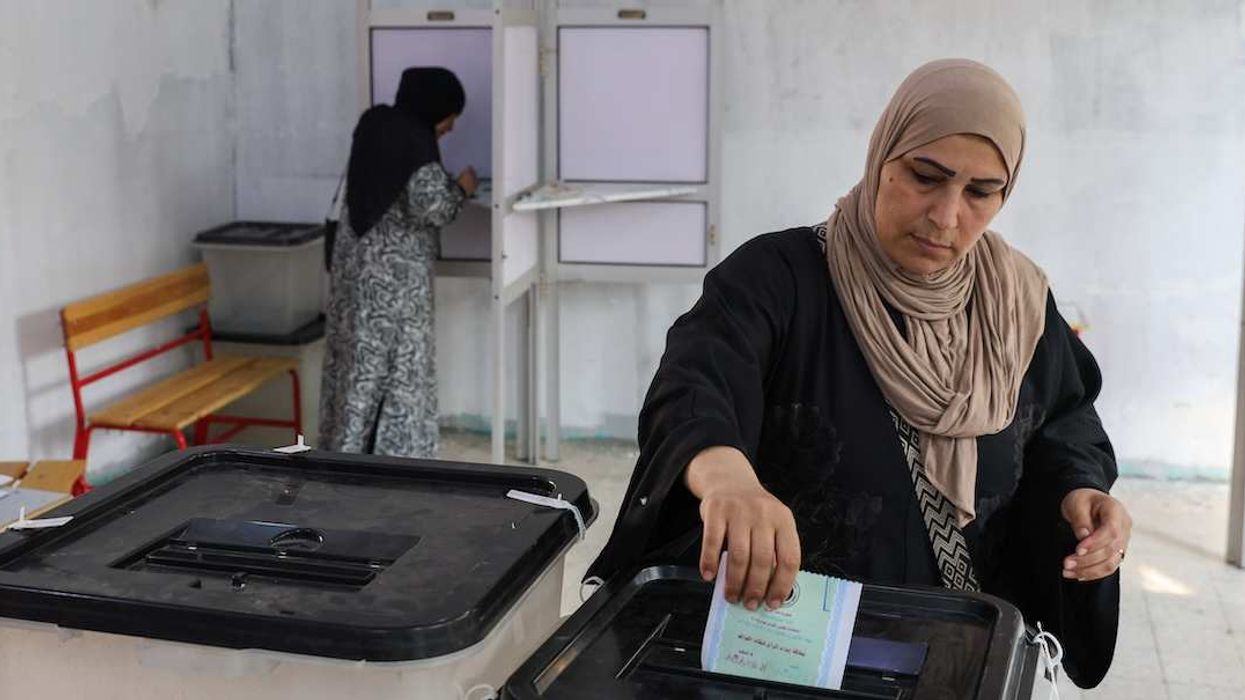On Monday, the US struck four boats off the Pacific coast of Central America, killing 14 people who the White House said were smuggling narcotics. Over the past few weeks, the Trump Administration has killed at least 57 alleged drug smugglers in the waters of the Caribbean and Eastern Pacific, as part of a widening campaign against drug cartels that the White House says are linked to the Venezuelan government. Critics say these are extrajudicial killings, the Administration says they are permitted under anti-terrorism laws.
But is the US gearing up for strikes within Venezuela itself? Senator Lindsey Graham told CBS’s Face the Nation on Sunday that President Donald Trump plans to brief members of Congress when he gets back from Asia about “future potential military operations against Venezuela and Colombia” and “a potential expanding from the sea to the land.” Trump himself has suggested as much, telling reporters earlier this month that “We are certainly looking at land now, because we’ve got the sea very well under control.”
There’s reason to wonder. Over the past few weeks, the US has moved thousands of troops and military equipment into the region, including a state of the art aircraft carrier. It marks the largest buildup of US forces there at least since the 1990 invasion of Panamá to oust estranged former CIA partner Manuel Noriega.
The US military is currently conducting military drills with Trinidad and Tobago — just 7 miles off Venezuela’s shores. The extent of the build-up suggests that the real target may be Venezuela’s leader Nicolás Maduro, experts say.
“I think this is about domestic policy objectives – migration and stemming drug flows – and a desire to remove Maduro from power,” says Eurasia Group Latin America expert Risa Grais-Targow.
There are a few ways Maduro could be pushed out. The US could try to peel off his inner circle or top generals with pressure, sanctions, and quiet offers of exile. It could back a covert operation or special forces strike to take him down directly — or, less likely, use limited airstrikes to cripple his military’s capabilities before taking out Maduro himself. One option that doesn’t seem to be on the table: the US launching a sustained ground invasion of Venezuela, a potential quagmire which could fly in the face of Trump’s stated opposition for “forever wars.” Still critics say even more limited operations would require Congressional approval and oversight.
What happens if Maduro is removed from power? While a Venezuelan pro-democracy movement – led by Maria Corina Machado – waits in the wings and is advocating for Trump to oust Maduro, Grais-Targow cautions that any post-Maduro transition would be “chaotic.” “The ruling party and armed forces control all relevant institutions,” she says, “and any eventual competitive elections or handover of power would require difficult negotiations around power-sharing, along with economic and amnesty guarantees.”
